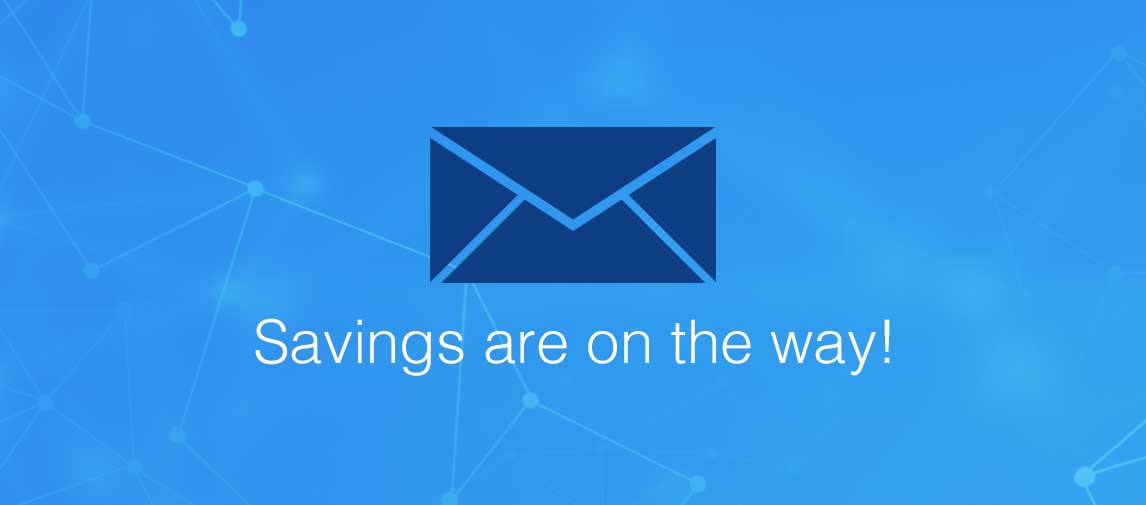title
Please take a moment to fill out this form. We will get back to you as soon as possible.
All fields marked with an asterisk (*) are mandatory.
IBM Case Foundation Training Courses
Boost your knowledge of IBM Case Foundation and become an expert with IBM authorized training courses.

Course List
-
IBM Case Foundation 5.2.1: External Communication
F243G
If you are enrolling in a Self Paced Virtual Classroom or Web Based Training course, before you enroll, please review the . . .
- Duration: 4 Hours
- Scheduled Class : 1 Scheduled Class
- Delivery Format: Classroom, Virtual
-
IBM Certified Specialist - Case Foundation V5.2 (27004401)
C2070-982
- Duration: 4 Hours
- Delivery Format: Classroom, Virtual
-
We're sorry there are no current courses meeting your filters, but please contact a training advisor who can suggest alternatives aligned with your goals and interests.
Get Personalized Training Solutions
Need a personalized solution for your Training? Contact us, and our training advisors will guide you.
Need Help? We're Here!
Have questions about courses, instruction, materials covered, or finding the right fit? We're here to help!
Need more Information?
Speak with our training specialists to continue your learning journey.
Talk to our team






